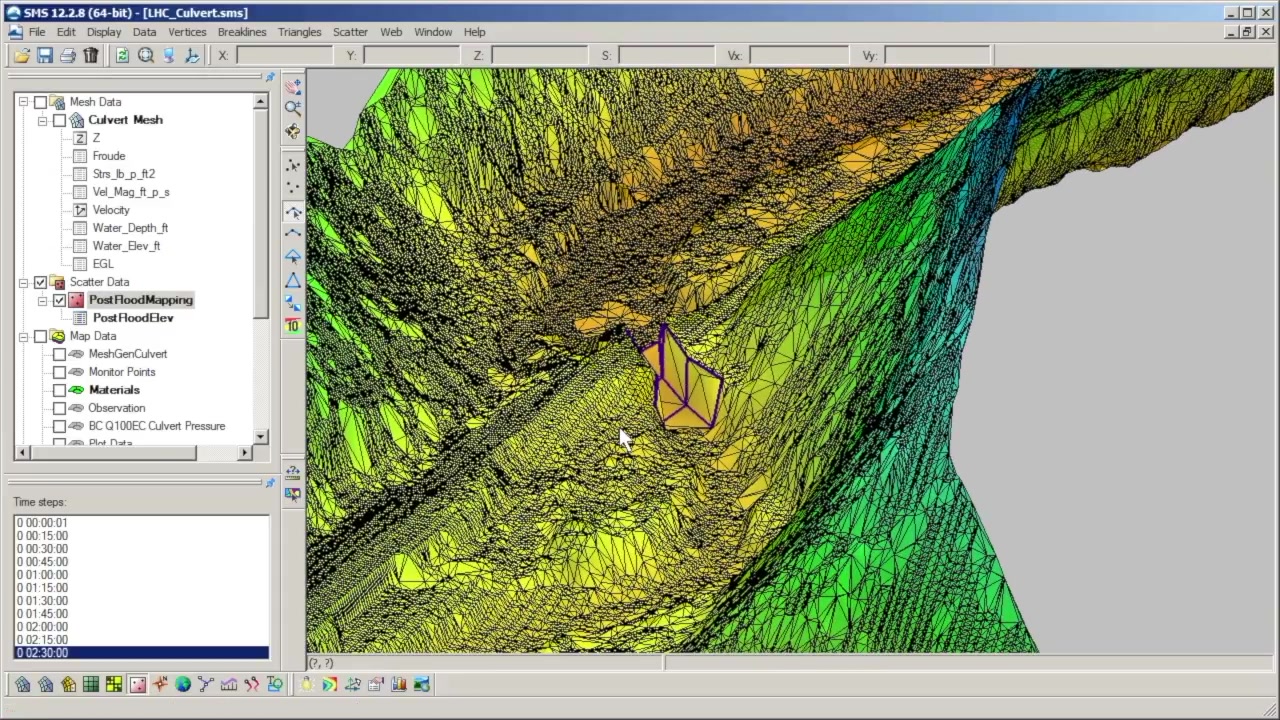
(c),(d) As in (a) and (b), but for the CMIP3 intermodel average. (b) Surface albedo and surface contribution to planetary albedo using the three methods of planetary albedo partitioning. (a) Planetary albedo partitioning in the observations using the model described in this study, the single absorption model, and the model of T07. The dashed lines are the uncertainty if the errors are systematic and perfectly correlated at all locations in each zonal band. The shaded areas are the uncertainty if the observational errors are random and uncorrelated at each grid point. Zonal average α P, α P ,ATMOS, α P ,SURF, and calculated from the observations and their uncertainties (2 σ) estimated from the Monte Carlo simulations described in the text. (c),(d) As in (a) and (b), but for the NCAR simulations of the PI (black), QUAD (red), and LGM (blue). (b) Zonal average α P,ATMOS, and α P ,SURF in the GFDL simulations of the PI (black) and AQUA (green). (a) Zonal average α in the GFDL simulations of the PI (black) and AQUA (green). (b) Change in hemispheric average α P in the 2 × CO 2 runs (relative to the PI simulations) vs change in hemispheric average α.

The lines are the linear best fits in each hemisphere. (a) Change in hemispheric average α P ,SURF in the 2 × CO 2 runs (relative to the PI simulations) vs change in hemispheric average α. All quantities are expressed as a percentage, where 1% corresponds to 0.01 units of albedo. (b) As in (a), but vs hemispheric average α P ,SURF. (a) Change in hemispheric average planetary albedo in the 2 × CO 2 runs (relative to the PI simulations) vs change in hemispheric average α P ,ATMOS. The intermodel standard deviation of zonal average α P (solid line), α P ,ATMOS (dashed line), and α P ,SURF (dashed–dotted line) for the CMIP3 PI simulations. Also shown are the observations (solid light blue line) and model simulations of altered climate states (other colored lines). Zonal annual mean (a) α, (b) α P, (c) α P ,SURF, and (d) α P ,ATMOS in the PI simulations from the CMIP3 models (dashed black lines). Red symbols and lines are for the SH while blue denotes the NH. Hemispheric average α P vs hemispheric average α in the PI CMIP3 simulation (crosses), observations (solid squares), and altered climate states. (b) As in (a), except plotted against hemispheric average α P ,SURF. The dashed lines are linear best fits to the PI simulations and the solid line is the 1:1 line with zero intercept.

(a) Hemispheric average α P vs hemispheric average α P ,ATMOS in the CMIP3 PI simulations (crosses), observations (solid squares), and altered climate states. (c) Atmospheric attenuation of surface albedo. (b) Zonal mean surface albedo and surface component of planetary albedo. (a) Zonal mean planetary albedo partitioned between atmospheric and surface components. (a) Surface and (c) planetary albedo, and (b) surface and (d) atmospheric contributions to (c). The solid arrows at the TOA represent the radiative fluxes that we associated with cloud reflection and the dashed lines represent the radiative fluxes that we associated with the surface reflection. The variables A, R, and α are the atmospheric absorption fraction during a single pass through the atmosphere, the fraction of cloud reflection, and the surface albedo, respectively. Moving from left to right, the arrows represent the radiative fluxes associated with the incident solar, first reflection, and second reflection. Schematic representing the first two reflections in the single-layer solar radiation model.


 0 kommentar(er)
0 kommentar(er)
